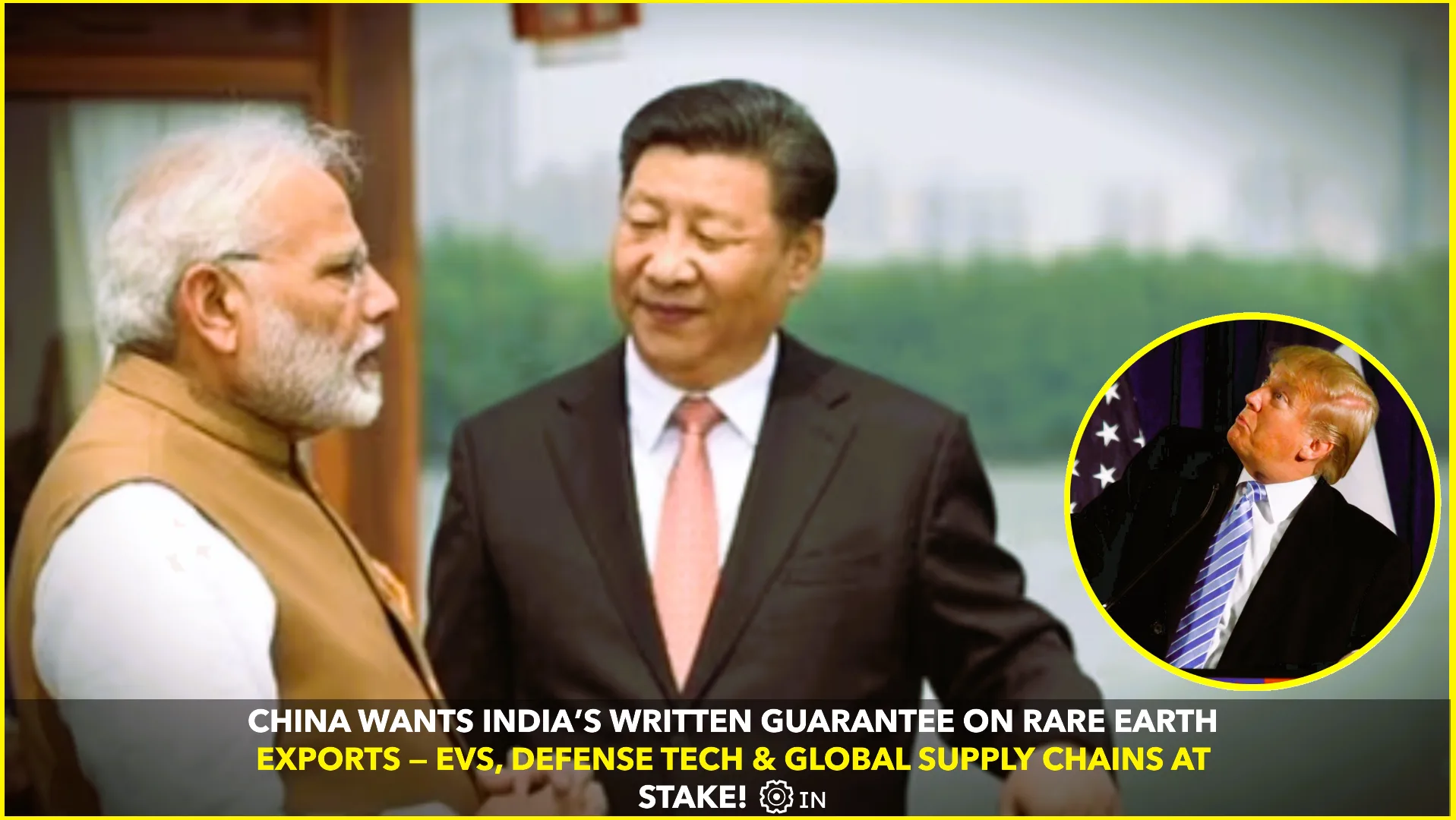India’s basmati rice exports have witnessed a significant surge, with Saudi Arabia leading as the largest importer. In the fiscal year 2023-24, India exported approximately 1.09 million metric tons (10.98 lakh metric tons) of basmati rice to Saudi Arabia, marking a 15% increase from the previous year. This trade was valued at ₹10,391.12 crore (approximately $1.25 billion), underscoring the growing demand for India’s aromatic rice in the Gulf region.
Basmati Rice: A Culinary Staple in Saudi Arabia
Basmati rice, renowned for its distinctive aroma and long grains, has become a staple in Saudi households. Its unique fragrance and texture make it an essential component of traditional dishes like kabsa and biryani. The preference for basmati rice in Saudi Arabia reflects the country’s culinary traditions and the importance of high-quality ingredients in its cuisine.
India’s Strategic Moves to Boost Exports
To enhance its global market share, India removed the minimum export price (MEP) for basmati rice in September 2024. Previously set at $950 per metric ton, the MEP had been a point of contention among exporters who argued that it hindered competitiveness. The removal of the MEP has allowed Indian exporters to offer more competitive prices, leading to increased demand from international markets, including the Middle East.
Global Demand and Export Growth
India’s basmati rice exports have seen substantial growth, with total exports reaching a record 5.24 million metric tons in the 2023-24 fiscal year. This represents a significant increase from the previous year’s 4.56 million metric tons. The surge in exports is attributed to strong demand from traditional buyers in West Asia and the United States. In the April-July period of the current financial year, exports rose by nearly 15% in value to $2.036 billion, with volume increasing by 19% to over 1.9 million metric tons. Kisantak+1Reuters+1Rice News Today
Economic Impact on Indian Farmers
The growing demand for basmati rice has had a positive impact on Indian farmers, particularly in the northern states of Punjab and Haryana, where basmati cultivation is prevalent. The increased exports have led to better prices for farmers, improving their income and livelihoods. The government’s decision to remove the MEP has further facilitated this growth, enabling farmers to benefit from the rising global demand.
Future Outlook
With the removal of export restrictions and a favorable monsoon expected to boost production by 10-12%, India is poised to further strengthen its position in the global basmati rice market. The country’s focus on quality and adherence to international standards continue to make its basmati rice a preferred choice among consumers worldwide.Reuters
As Saudi Arabia continues to value the unmatched aroma and quality of Indian basmati rice, the trade relationship between the two countries in this sector is expected to flourish, benefiting both Indian farmers and Saudi consumers.










